
How to Ensure Safe Irrigation Practices for Agricultural Crops
December 9, 2023, 8:27 am
Safe irrigation practices for agricultural crops are pivotal in ensuring abundant and high-quality yields.
Agriculture heavily relies on efficient water management, making safe irrigation crucial for crop health and agriculture sustainability.
How to Ensure Safe Irrigation Practices for Agricultural Crops
It’s not without challenges, however. Water contamination and scarcity pose significant hurdles in maintaining safe practices. Additionally, safeguarding the food supply chain involves more than just irrigation; cold chain services are instrumental in preserving food safety from farm to table.
Understanding Safe Irrigation Practices for Agricultural Crops
Safe irrigation methods refer to techniques that ensure water's efficient and careful application to agricultural crops. Water quality is important in irrigation, directly impacting plant health and productivity. Various factors, such as weather conditions, soil types, and topography, profoundly influence the implementing safe irrigation practices. So, understanding these elements helps farmers tailor their irrigation strategies to suit specific crop needs and environmental conditions.
Embracing safe irrigation practices offers many benefits, notably enhancing crop quality and yield. Consistent and appropriate watering minimizes stress on plants, reducing the risk of diseases and improving overall plant growth. Moreover, efficient water use through safe irrigation practices contributes to resource conservation, promoting sustainability in agricultural operations. Ultimately, safe irrigation practices for agricultural crops contribute significantly to a reliable, bountiful food supply and environmental responsibility in farming.
Cold Chain Services and Food Supply Chain Safety
In our context, the cold chain encompasses a series of temperature-controlled stages. All of them are equally crucial for maintaining the quality and safety of perishable goods from harvest to consumption.
Cold chain services assist in upholding food quality and safety by meticulously controlling temperatures during transportation and storage. These services ensure that perishable crops, sensitive to temperature variations, remain fresh and free from spoilage throughout the supply chain. As such, the cold chain is essential in the industry, as cold chain services protect the food supply chain. It guarantees safe transportation and storage conditions, preventing the proliferation of harmful bacteria and preserving the nutritional value of food.

So, connecting safe irrigation practices with the cold chain reveals a critical relationship. Irrigating crops safely ensures their initial quality, and cold chain services sustain this quality throughout the supply chain. The synergy between safe irrigation and the cold chain is vital in maintaining food safety standards.
Implementing Safe Irrigation Practices for Agricultural Crops
Safe irrigation hinges on four main pillars, which are as follows:
Drip irrigation
Drip irrigation stands out as a water-efficient, tool-assisted method that minimizes risks in crop cultivation. This technique delivers water directly to the roots, reducing wastage often seen in traditional methods like flooding or sprinkler systems. Drip irrigation ensures plants receive just the right amount needed by releasing water slowly and precisely at the root zone. In turn, it helps in cutting down water loss due to evaporation or runoff.
This targeted approach also diminishes the likelihood of soil erosion and weed growth, preserving soil structure and nutrient content. Additionally, because water is delivered close to the roots, there's less moisture on the plant leaves. This element in itself assists in lowering the risk of diseases caused by excess humidity.
Overall, drip irrigation maximizes water efficiency, minimizes water-related risks, and contributes to healthier, more robust crop growth.
Sprinkler systems
Sprinkler systems also play a crucial role in evenly distributing water across fields, ensuring consistent hydration for crops. These systems disperse water in a controlled manner, covering a wide area with uniformity. By regulating water pressure and nozzle design, sprinklers achieve an even spread, catering to different crop types and field layouts.
Moreover, these systems minimize water contact with the crop foliage, reducing the chances of contamination. Keeping the water at ground level decreases the risk of diseases caused by wet leaves. As they do, they limit the potential for water-borne pathogens to adhere to the plants.
This method is instrumental to safe irrigation practices for agricultural crops. It supports effective hydration for plants and contributes to maintaining crop health by preventing potential contamination issues and supporting higher-quality yields.
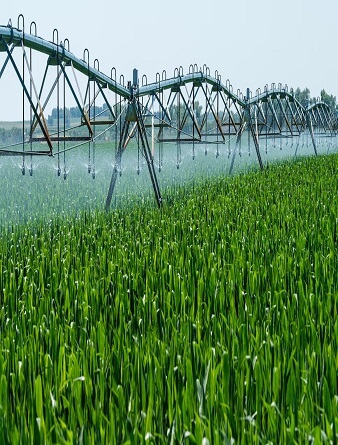
Soil moisture monitoring
Soil moisture monitoring also holds significant importance in managing irrigation schedules efficiently. By regularly assessing the moisture levels in the soil, farmers gain valuable insights into when and how much water their crops require.
This data helps optimize irrigation schedules, ensuring that plants receive the right amount of water at the right time. Monitoring allows for adjustments based on real-time soil moisture data, preventing overwatering or underwatering, which can harm crop health. It thus aids farmers in making informed irrigation decisions, considering factors like weather changes and specific crop needs.
Ultimately, this practice allows for precise water management, maximizing the effectiveness of irrigation while conserving water resources.
Integrated Pest Management (IPM) practices
Finally, Integrated Pest Management (IPM) practices are closely linked to safe irrigation methods in agriculture. By employing IPM, farmers focus on preventing pest problems rather than solely relying on pesticides.
This approach integrates techniques like biological control, crop rotation, and pest-resistant varieties. Interestingly, these practices also intersect with safe irrigation by promoting a healthy crop environment. When adequately watered using secure irrigation methods, crops become less stressed and more resilient to pest attacks.
Moreover, IPM strategies consider water conservation, as excessive irrigation can create favorable conditions for certain pests. Therefore, with IPM, farmers can create a balanced ecosystem that reduces the reliance on harmful pesticides.

Conclusion
In summary, safe irrigation practices for agricultural crops are foundational in ensuring sustainable and abundant food production. Their significance lies in fostering healthy crop growth while conserving water resources and mitigating risks associated with contamination and scarcity.
However, these practices are just one part of the larger picture of food safety. The crucial role of cold chain services cannot be overstated in maintaining the integrity of our food supply chain. These services ensure that the high-quality produce remains preserved and safe throughout the transportation and storage phases. As such, the synergy between the two is undeniable. It both helps secure a safe and reliable food supply for consumers and promotes sustainability in agriculture
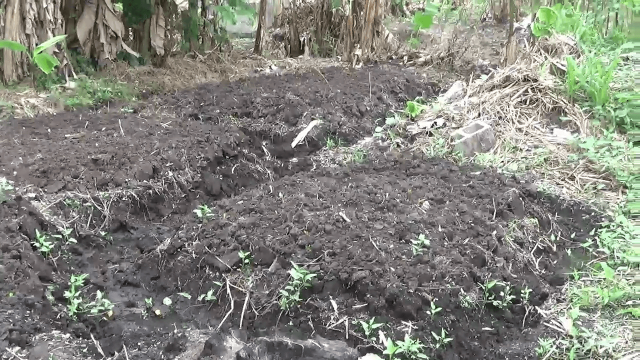

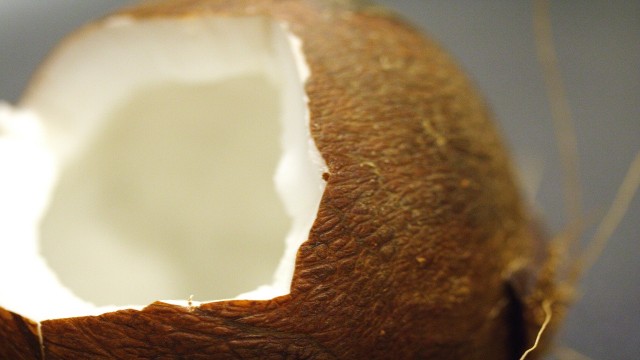
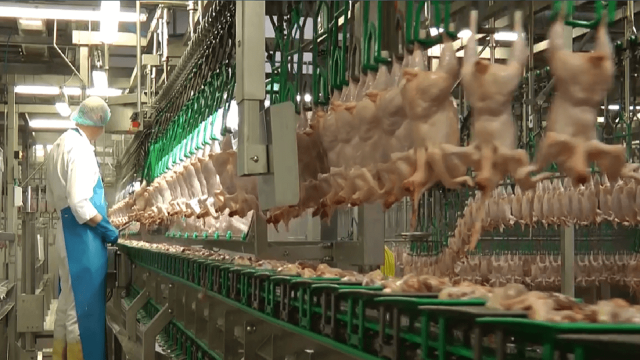

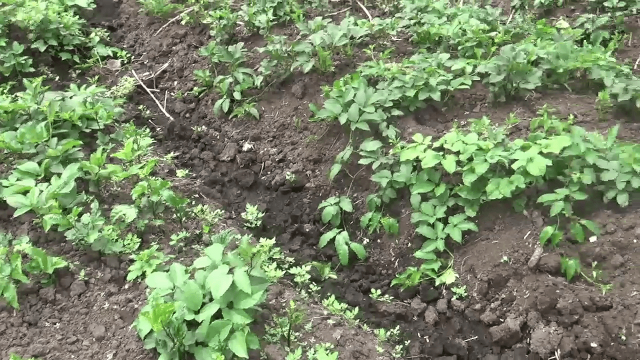
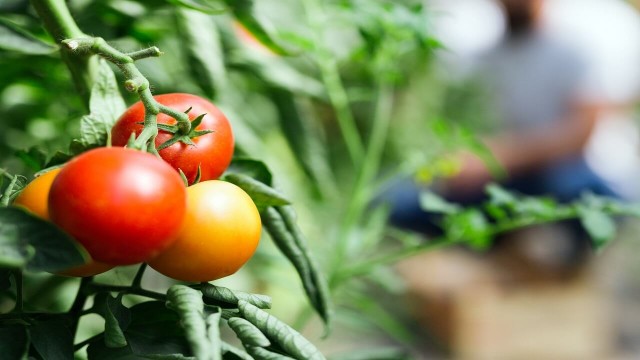


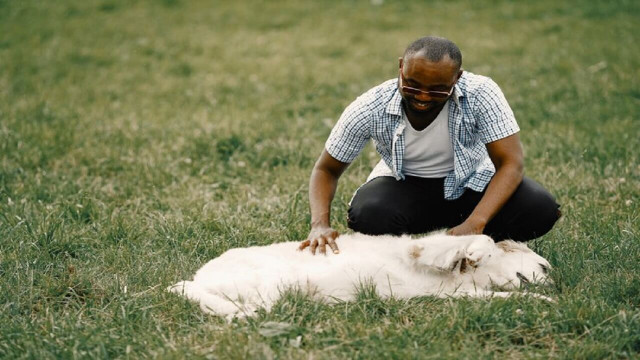


Share This Article: